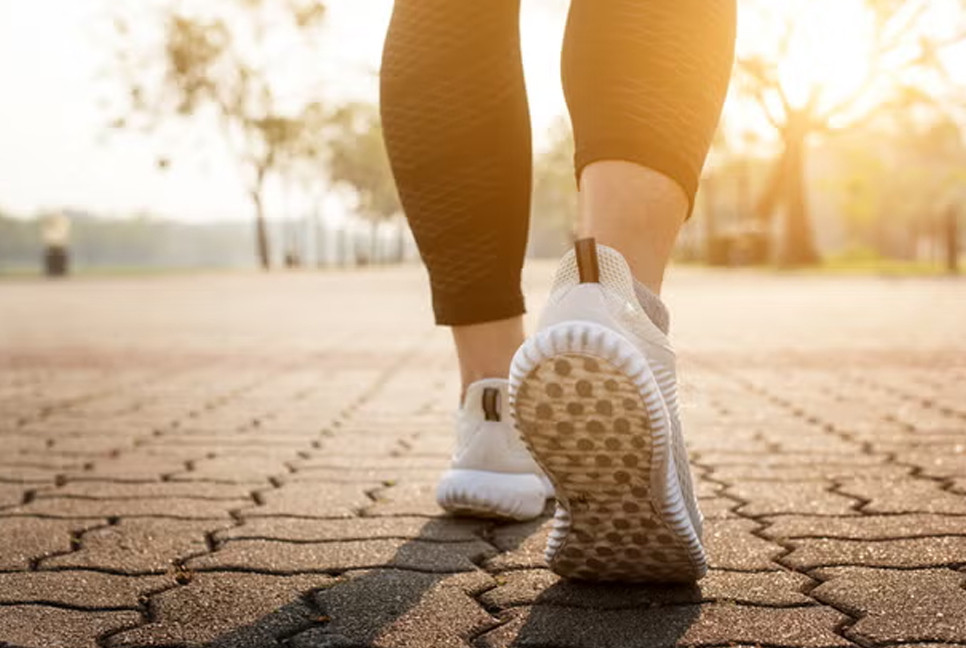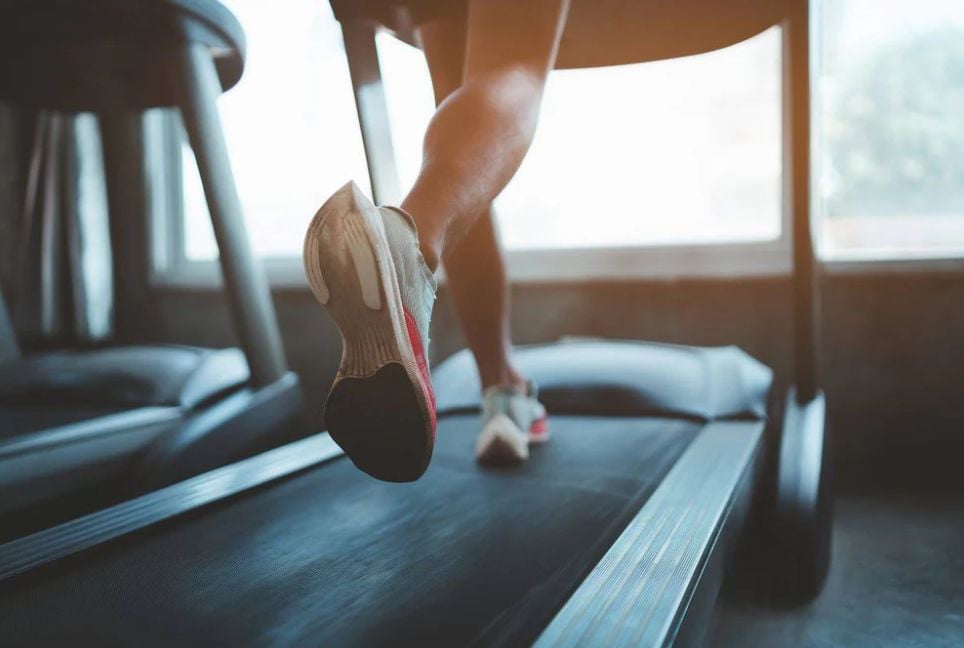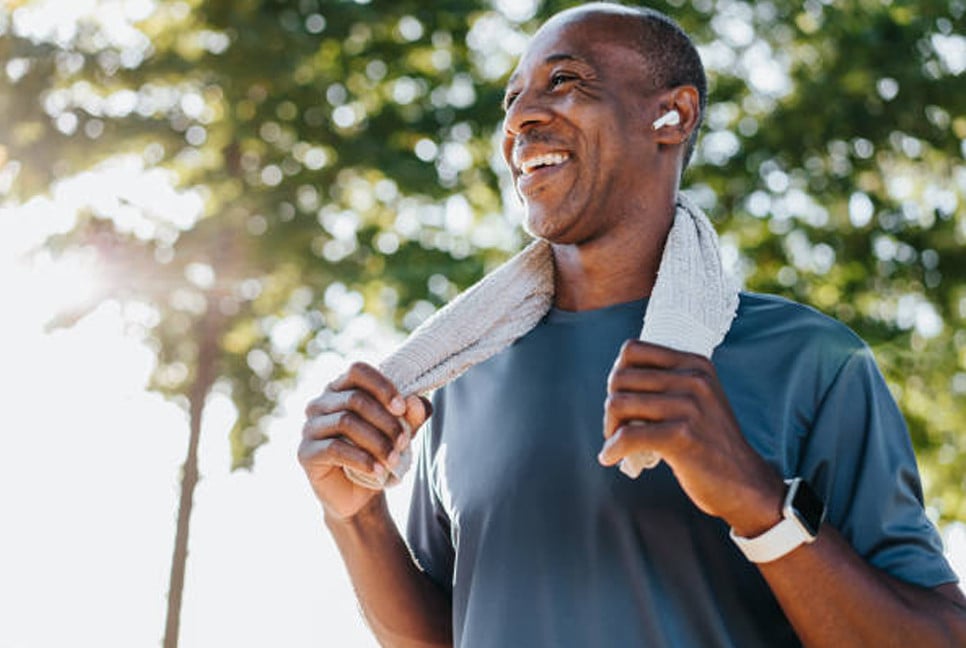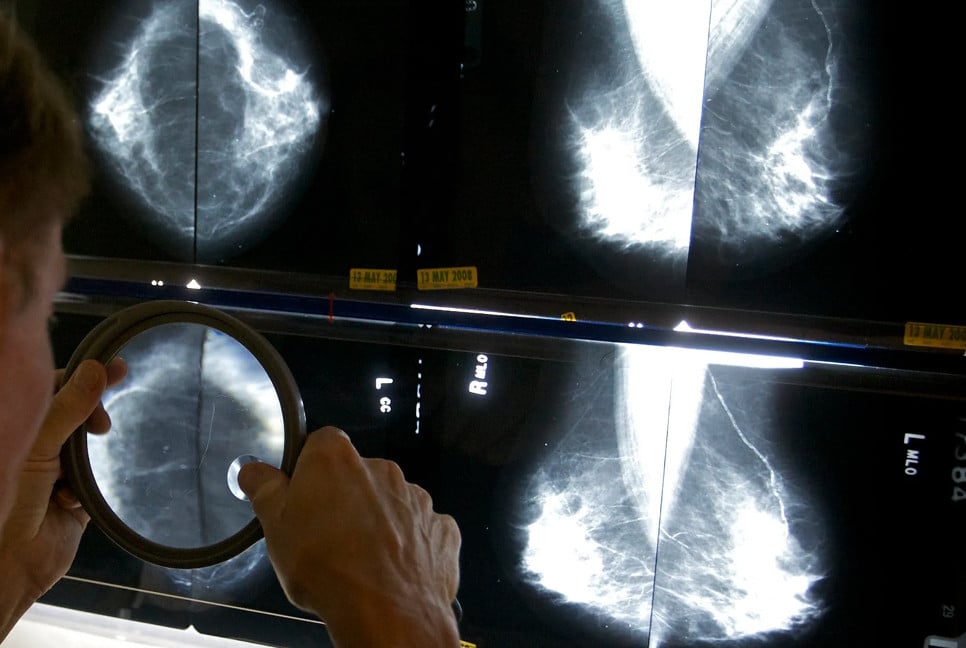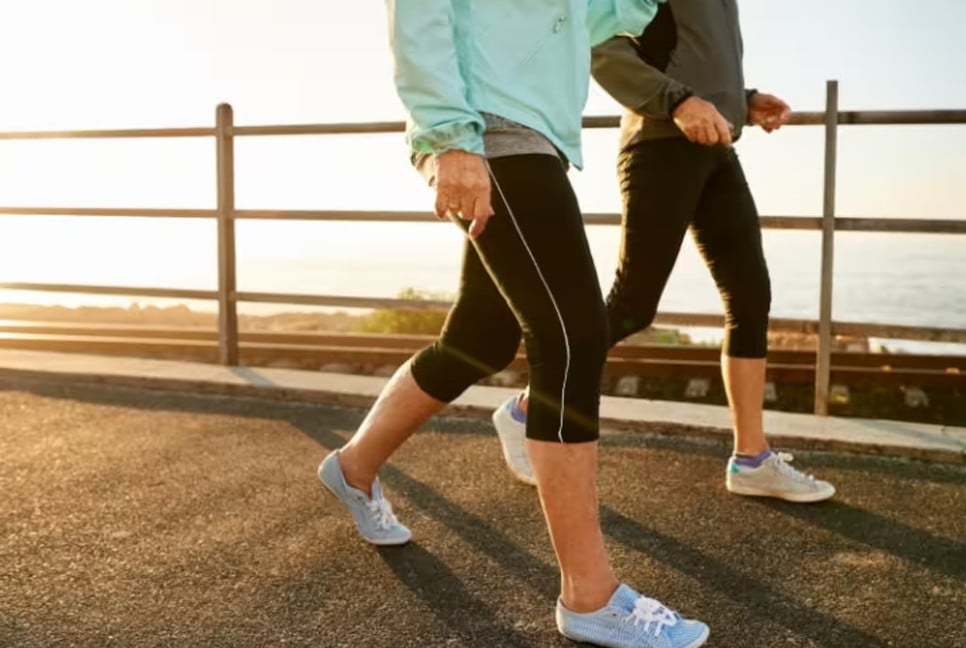Backward walking, also known as retro walking, has recently gained momentum for its range of benefits.
A refreshing twist from conventional walking, retro walking helps in engaging different muscle groups and delivering physical, mental, and rehabilitative advantages.
Dr. Jayant Arora, senior director and unit head of orthopaedics, Fortis Gurgaon noted down the benefits of walking backwards.
Improved muscle balance and strength:
One of the key benefits of walking backward is the way it activates muscles that are often underused during forward walking. It primarily targets the quadriceps, calves, and shins, while reducing over-reliance on the hamstrings and glutes. This shift in muscle engagement helps to develop better muscular balance in the lower body, which can enhance overall leg strength and reduce the risk of injury.
Enhanced coordination and balance:
Walking in reverse requires more focus and coordination than walking forward. Your brain and body must work together more intensively to maintain posture, avoid obstacles, and stay upright. This heightened level of concentration improves neuromuscular coordination, balance, and proprioception (your sense of body position), which is especially beneficial for older adults or those recovering from injury.
Joint and spine health:
Backward walking can reduce the strain placed on your knees and lower back. Unlike forward walking or running, which often involves a heel-strike motion that can stress joints, backward walking changes the load distribution. It promotes a more natural alignment of the spine and reduces the impact on the knees, making it a useful low-impact exercise for individuals with joint pain or arthritis.
Rehabilitation and injury recovery:
Many physical therapists incorporate backward walking into rehabilitation programs for conditions like anterior knee pain, ACL injuries, or after lower-limb surgeries. The controlled, gentle motion helps to rebuild strength, improve range of motion, and retrain motor patterns without placing excessive stress on healing tissues.
Cardiovascular and calorie-burning boost:
Although it might seem like a slow-paced activity, walking backward can be surprisingly challenging. It requires more energy and effort than forward walking, thus increasing heart rate and calorie expenditure. Just 10–15 minutes of backward walking can provide a solid cardiovascular workout and help with weight management.
Mental and cognitive engagement:
Because it’s not something most people do every day, walking backward engages your brain in new ways. It encourages mindfulness and focus, stimulating brain regions related to memory and spatial awareness. Some studies suggest it may even improve short-term memory and cognitive flexibility.
How you can get started on backward walking:
Start by walking backward on a flat, safe surface like a track, gym floor, or grassy field.
Keep your steps slow and controlled, engage your core, and swing your arms naturally.
As you build confidence, you can increase speed or try inclines for added intensity.
Always ensure the path is clear to avoid tripping hazards and consider using a treadmill or having a spotter if you're new to it.
Source: Hindustan Times
Bd-pratidin English/ Afia

